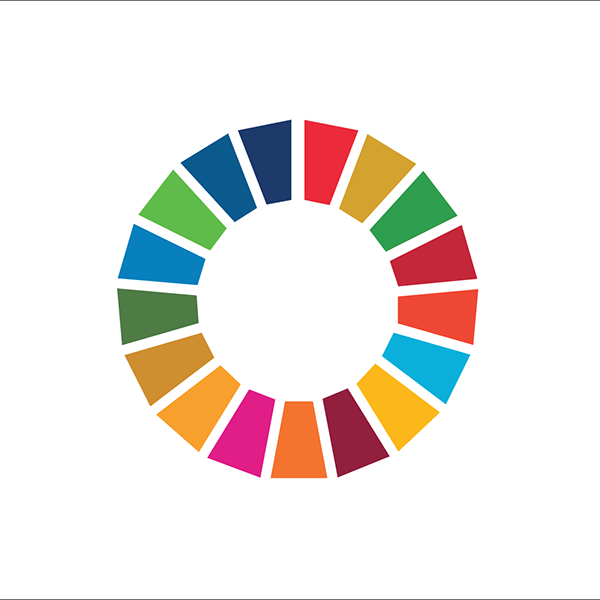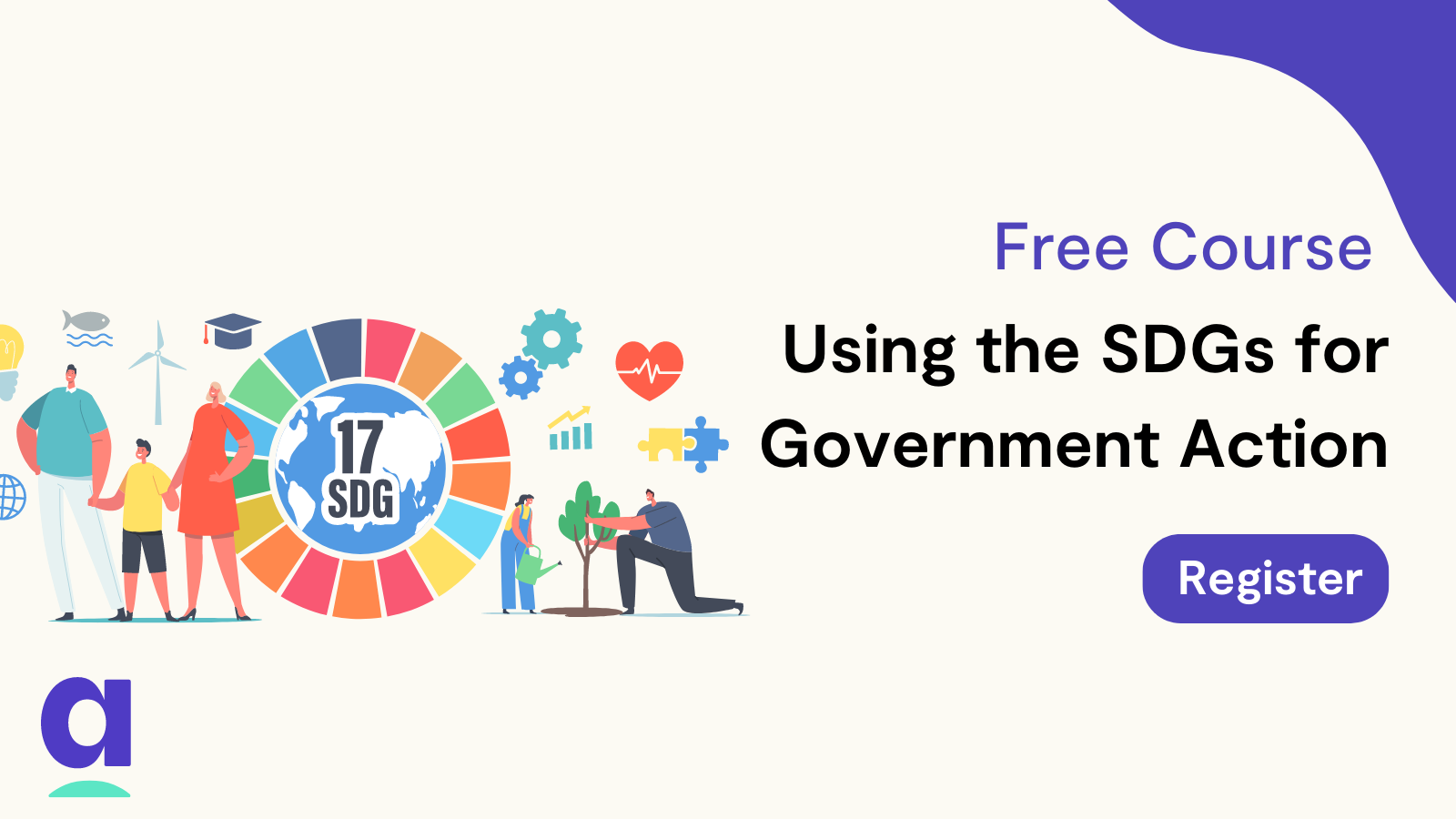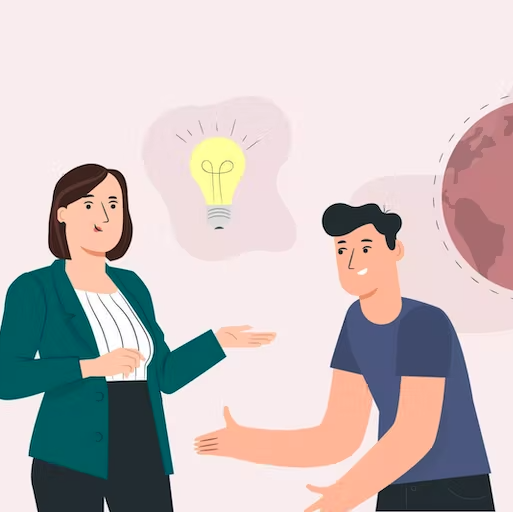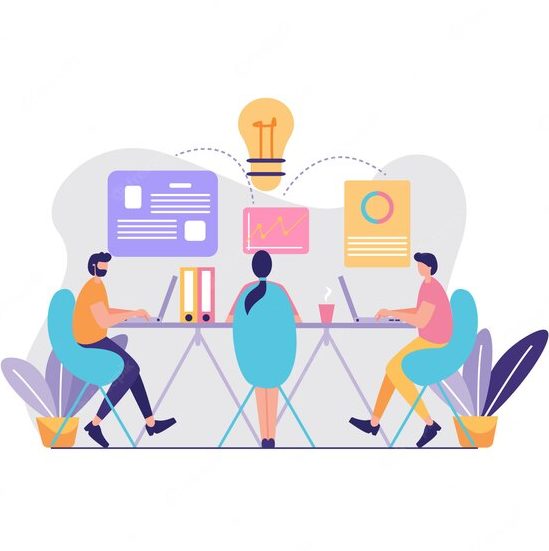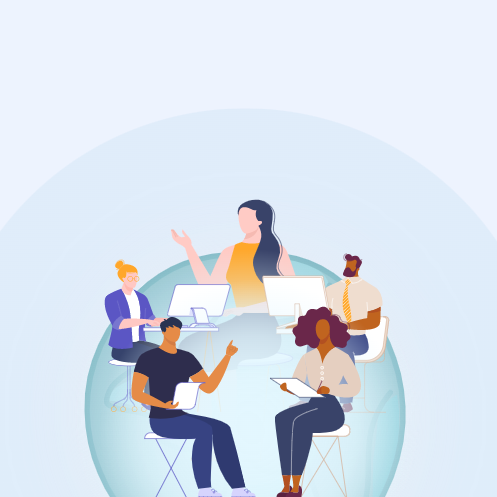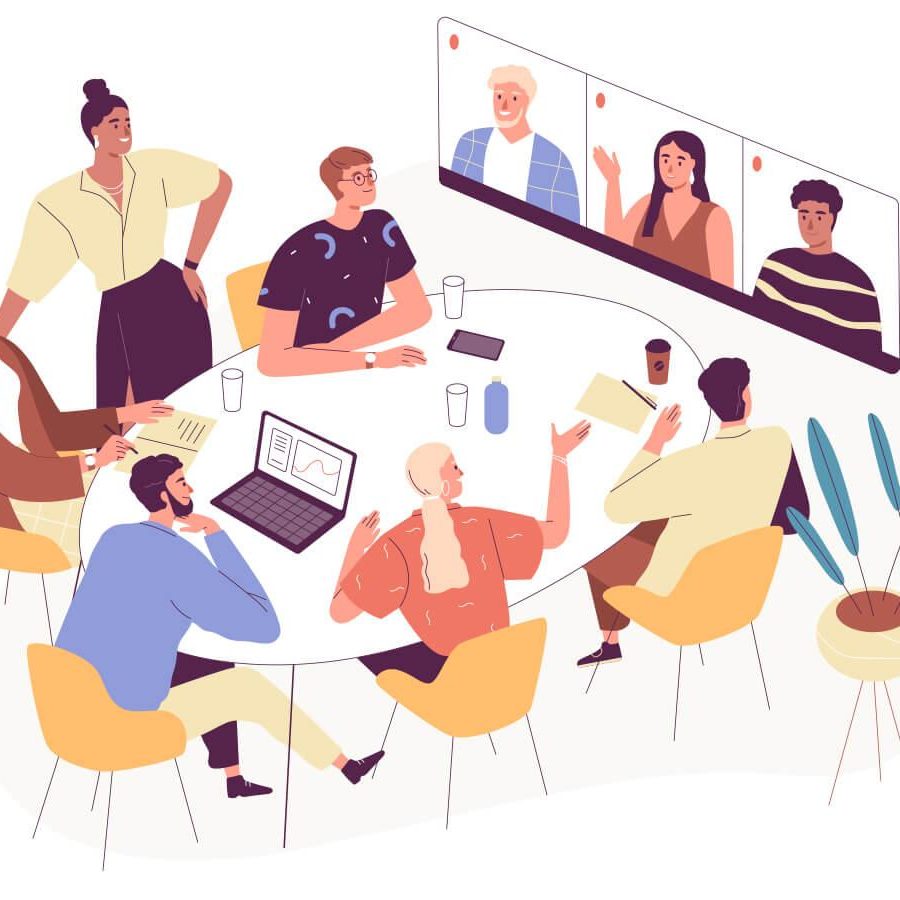Sustainable development is the most urgent challenge of our time. The current global economy produces tremendous wealth, but it also creates tremendous inequality, social exclusion, and environmental destruction. In 2015, all 193 Member States of the United Nations adopted Agenda 2030 and its 17 Sustainable Development Goals (SDGs), a universal and interdisciplinary framework to promote prosperity, people, and planet. It calls for a drastic shift in the way that governments and society pursue economic development, while accounting for development’s effects on social inclusion and the environment. The success of these goals largely depends on good public governance.
This course, produced by Apolitical and the SDG Academy and designed for public servants, will help you understand the concept of sustainable development and the framework of the SDGs, introduce useful tools and resources, and prompt you to consider your role in achieving the SDGs locally and globally.
